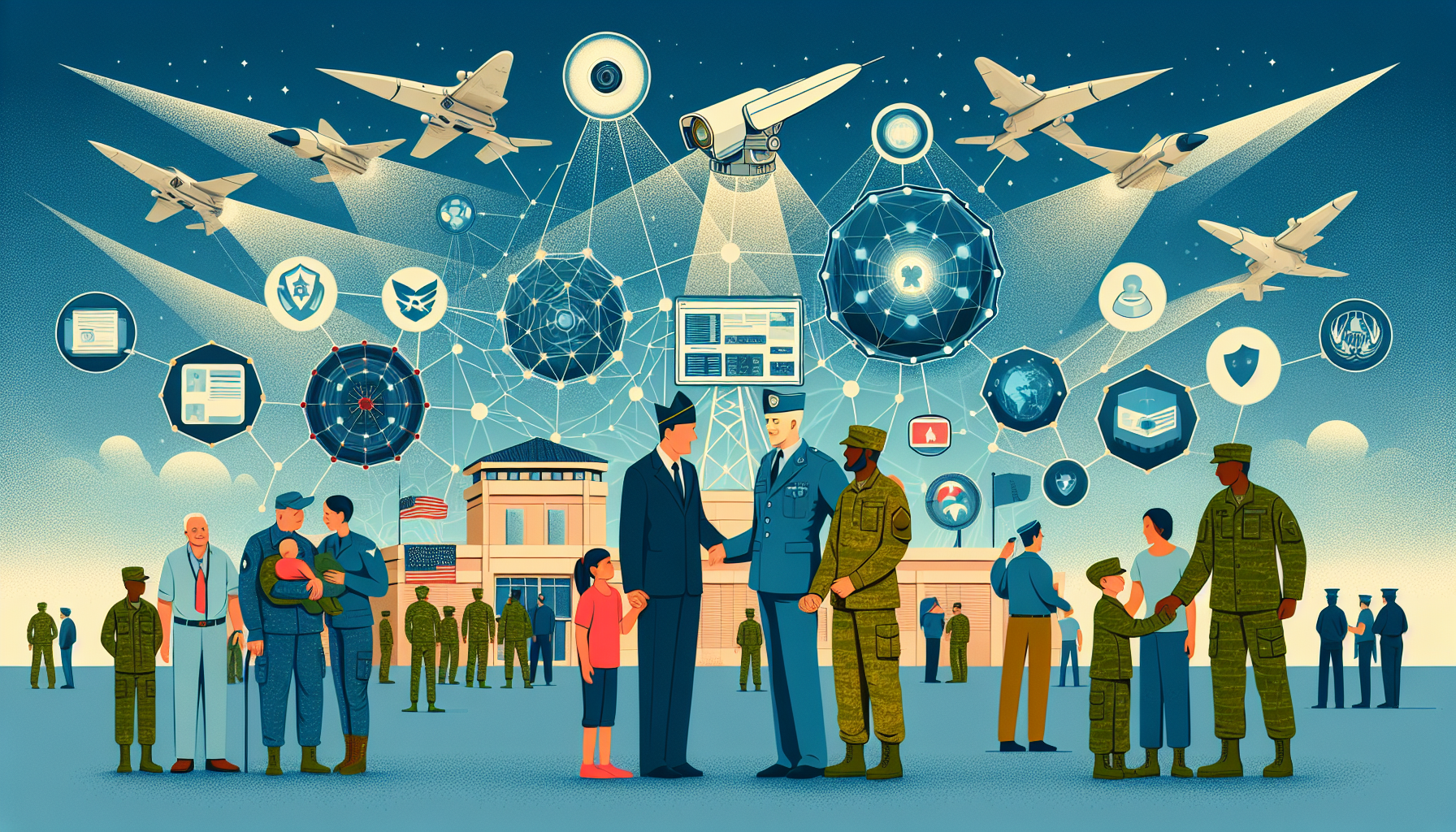Definition
Defense Critical Infrastructure (DCI) refers to assets and systems, both physical and virtual, that are essential to the functioning of the defense and national security systems of a country. These infrastructures, which could be owned by the government or private sector, are vital as they ensure the continuity of critical defense tasks. Their incapacity or destruction would have a significant impact on a nation’s ability to deploy military forces, defend its citizens or carry out other essential security-related activities.
Key Takeaways
- Defense Critical Infrastructure (DCI) refers to the essential systems and assets, both physical and virtual, that are crucial to the operations of the military and defense sector. Should these systems or resources be compromised, it could pose significant threats to national security.
- DCI is not confined to military property, it also extends to civilian infrastructure that is paramount to support military operations, including telecommunications networks, transportation systems, energy supplies, and public health systems.
- The maintenance and protection of DCI is a central aspect of national defense strategy. Measures are continually updated and evolved to safeguard against potential threats from both physical and cyber attacks.
Importance
Defense Critical Infrastructure (DCI) is a crucial term in military operations due to its allusions to the physical and cyber systems and assets that the Department of Defense (DOD) relies upon to achieve its strategic objectives, uphold its core functionalities, and perform decisive missions.
The importance cannot be understated as these systems and assets include network facilities, transportation channels, energy supplies, communication systems, and the like.
Without the adequate protection and functioning of DCI, the military’s efficiency and security can be severely compromised.
This highlights the need for robust and comprehensive strategies to protect and manage DCI against a wide range of threats, including, but not limited to, terrorist attacks, cyber-attacks, natural disasters, or even simple system malfunctions.
Thus, the term DCI serves as a keystone in maintaining national security and military operational readiness.
Explanation
The purpose of Defense Critical Infrastructure (DCI) is to provide essential support to national defense and security, essentially acting as the backbone of military operational readiness. It comprises physical and digital systems and assets, both domestic and abroad, that are so vital that their compromise or destruction would have a debilitating effect on the defense or economic security of the nation. The primary use of DCI is to ensure that military operations can be carried out effectively, allowing governments to protect their nations.
This can include anything from telecommunications and energy supply networks to transportation systems and critical production facilities. In essence, DCI provides a robust framework that allows military operations to take place seamlessly, thereby ensuring national security. DCI is also used for the identification and prioritization of infrastructure that is crucial for defense missions.
An interruption to this infrastructure might affect the operational capability of the defense sector, and this underpins the importance of DCI to defense planning. DCI protection is therefore a critical part of strategic planning, ensuring that potential risks to critical infrastructure are identified, assessed, and mitigated. This can also include the development of contingency plans aimed at ensuring continuity of operations, should any part of the DCI be compromised.
Therefore, maintaining and protecting DCI is of paramount importance to any nation’s overall defense and security strategy.
Examples of Defense critical infrastructure (DCI)
The Pacific Missile Range Facility (PMRF), Hawaii: This infrastructure is vital for the U.S. military as it provides operational support in the Pacific region. It helps in conducting advanced tests and training in naval and air warfare, missile defense, and space operations.
The Naval Submarine Base Kings Bay, Georgia: This base is an essential part of the U.S. military’s defense critical infrastructure. It provides homeport to the U.S. Atlantic Fleet’s Ohio-class submarines, which carry Trident ballistic missiles – a key component of the country’s nuclear deterrence strategy.
The Pentagon, Virginia: The Pentagon is the headquarters of the U.S. Department of Defense. It accommodates a large workforce dealing with various aspects of national security such as policy development, planning, and execution of operations, which is essential in maintaining national defense. Damage or incapacitation of this infrastructure would severely impede U.S. defense capabilities.
FAQ: Defense Critical Infrastructure (DCI)
What is Defense Critical Infrastructure (DCI)?
Defense Critical Infrastructure (DCI) refers to the assets and systems that are crucial to the military’s ability to fight and win wars. It includes facilities, networks, and assets, both physical and virtual, that are essential to the defense and security of a nation.
Why is DCI important?
DCI is vital because it forms the backbone of a nation’s defense system. Its disruption or destruction could significantly impact a nation’s capacity to effectively conduct military operations and meet national security objectives.
What are some examples of DCI?
Examples of DCI can include transport and communication systems, energy supply facilities, command and control centers, and other critical physical and information technology facilities and networks instrumental for military operations.
Who is responsible for protecting DCI?
The protection of DCI is primarily the responsibility of the Department of Defense, although other government agencies, the private sector, and allied nations also play a significant role.
How is DCI identified?
DCI is identified based on its importance for supporting defense missions. Elements are assessed for their potential impact on the Department of Defense’s ability to accomplish its missions if they were compromised.
Related Military Operation Terms
- Defense Industrial Base (DIB)
- Department of Homeland Security (DHS)
- National Critical Infrastructure Protection Plan (NCIPP)
- Department of Defense (DoD) Critical Infrastructure Program (DODCIP)
- Defense Infrastructure Sector Lead Agents (DISLAs)
Sources for More Information
- CISA – Critical Infrastructure Sectors
- DHS – Critical Infrastructure Sector Partnerships
- The U.S. Department of Defense
- The Office of the Under Secretary of Defense for Acquisition and Sustainment
 Benefits.com Advisors
Benefits.com Advisors
With expertise spanning local, state, and federal benefit programs, our team is dedicated to guiding individuals towards the perfect program tailored to their unique circumstances.
Rise to the top with Peak Benefits!
Join our Peak Benefits Newsletter for the latest news, resources, and offers on all things government benefits.




















